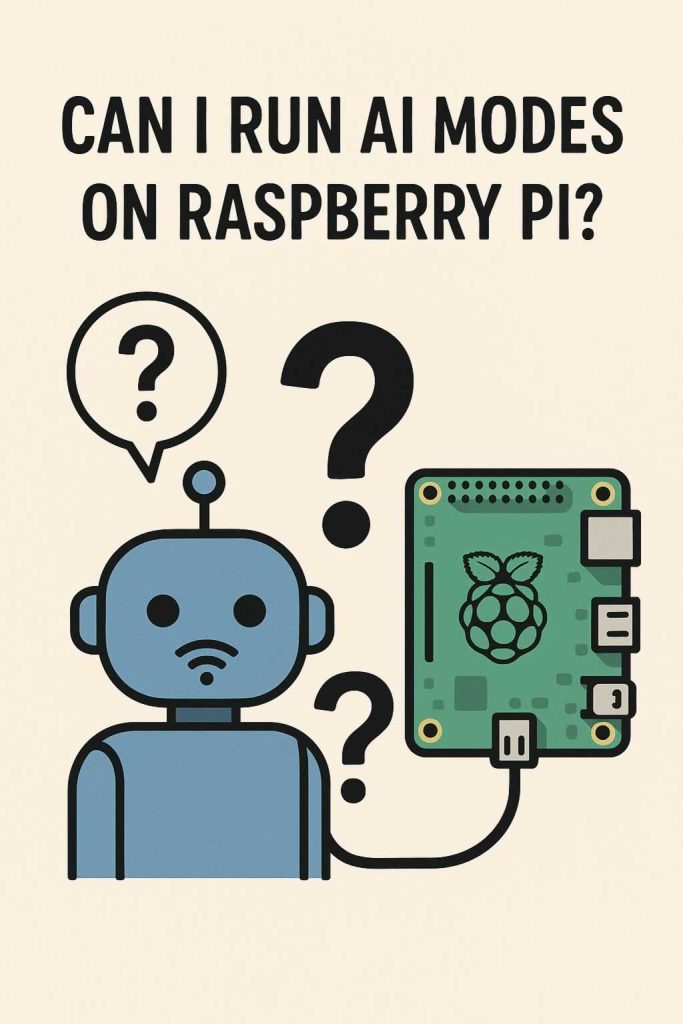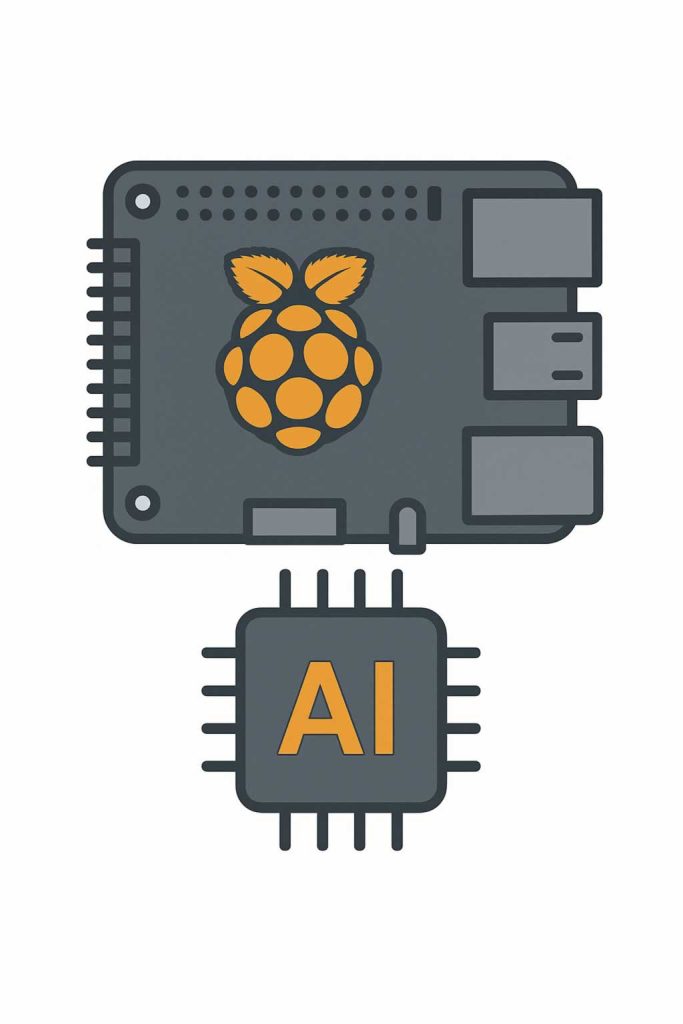

You can run AI models on a Raspberry Pi, though there are important limitations to keep in mind. At AEHEA, we sometimes use Raspberry Pi devices for lightweight AI tasks, especially in edge computing scenarios or where local processing is more important than raw speed. While you won’t be training large models on a Pi, it can absolutely handle inference running pre-trained models when the setup is carefully optimized.
The first thing to consider is model size. You’ll want to use small, efficient models that are designed for edge devices. These could be text classification models, object detection models like MobileNet, or simple decision engines. Larger models like GPT or BERT are too demanding for the Pi’s RAM and CPU. Instead, you’ll use versions that are quantized, pruned, or converted to lightweight formats like TensorFlow Lite or ONNX.
You’ll also need to optimize the software stack. Running a full Python environment with TensorFlow or PyTorch might be possible, but it can be slow and memory intensive. Using TensorFlow Lite allows the Pi to handle inference much more efficiently, even without a GPU. For image processing tasks, pairing OpenCV with a lightweight neural network model can deliver acceptable performance. You’ll still be working in seconds, not milliseconds, but it’s fast enough for many offline applications.
To boost performance, you can attach external accelerators like the Google Coral USB TPU or the Intel Neural Compute Stick. These plug into the Pi via USB and dramatically improve inference speed for supported models. They’re ideal for applications like real-time object detection, face recognition, or keyword spotting. We’ve seen setups where a Pi with a TPU handles camera input, classifies the image, and triggers a local response all without needing cloud access.
At AEHEA, we treat Raspberry Pi deployments as tactical AI solutions. They’re ideal for small-scale environments, proof of concept projects, or low-power monitoring tools. The key is choosing the right model, keeping things lightweight, and designing with the Pi’s resource limits in mind. If your use case fits those constraints, the Pi can be an affordable, reliable entry point into running AI locally.
